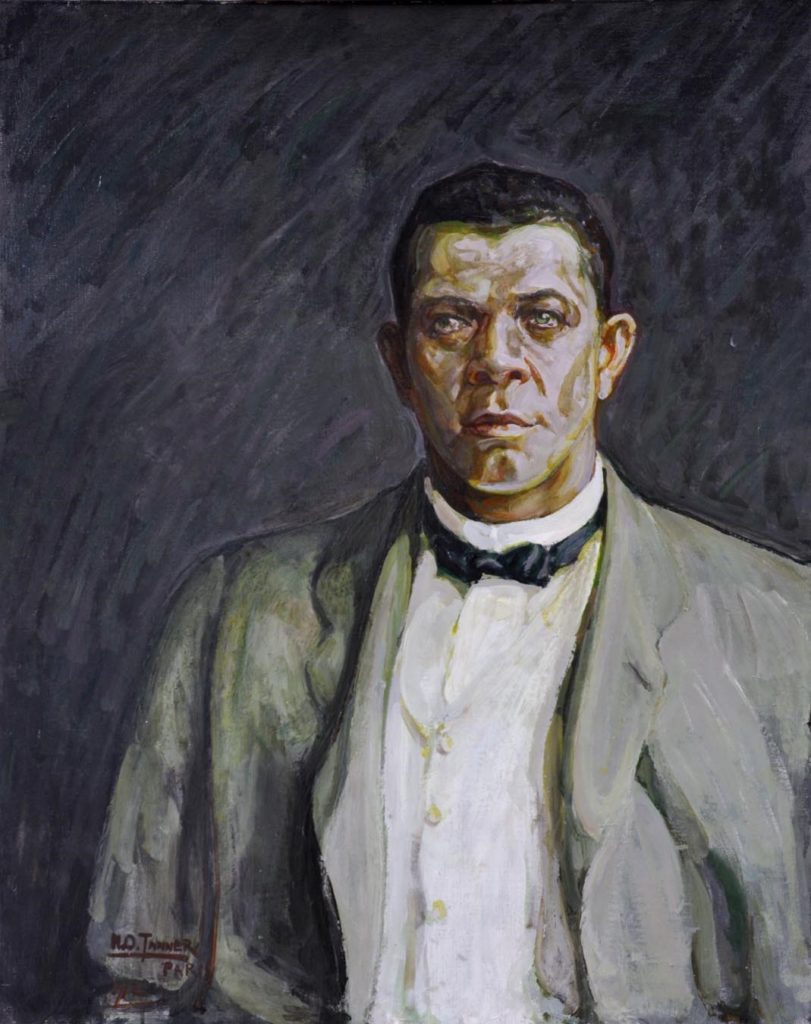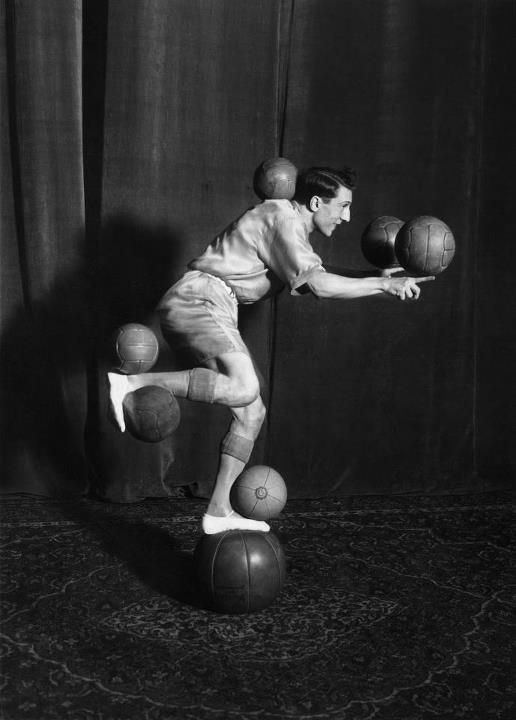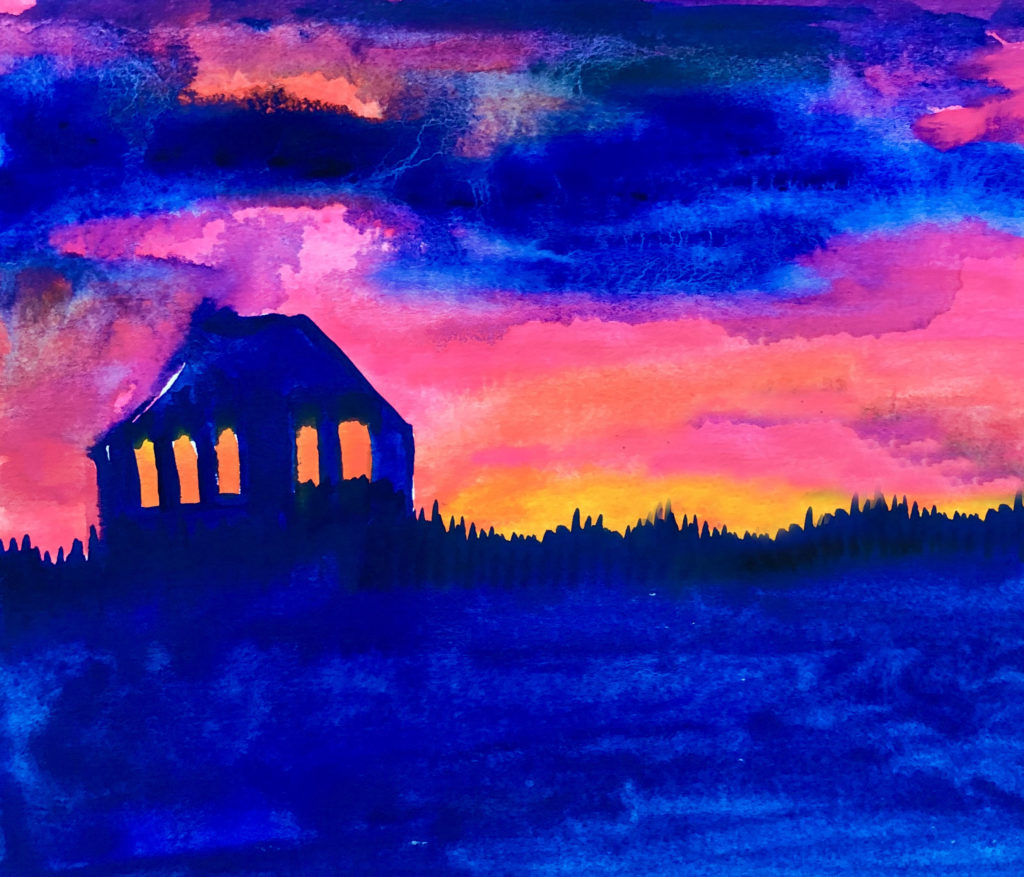To celebrate our Summer issue, we asked each of the six featured fiction writers to share an image that evokes their story:
Tanner’s striking use of color here evokes for me some of the mood of my story, as does the depiction of Washington’s eyes, which seem as haunting — and haunted — as I would imagine my narrator’s eyes to be.
—Jamel Brinkley, “Witness“

Casey Hanan, “Pending in the Desert”
I love Casey Hannan’s work. The colors and subject matter always feel playful, and yet there’s something a little bit sinister lurking just beneath. In this painting, it’s the tone more than the subject matter that I respond to: an off-kilter way of looking at the world. I’d like to think that duality is reflected in my fiction, too: humor and longing, light and darkness—a joke told in an empty room.
—Amy Silverberg, “The Duplex“
This is a photo a friend took of me in high school. “I was a Public Schooler” isn’t really autobiographical, but I used some details from my experience to inspire the world of the character. I feel more like the person in this photo recently. My passion for my work is coming from my heart again, not from my brain. I wrote this story four years ago, when I was in my second year at a fellowship at Stanford, and very lonely and uptight and nervous about my future. I think of this as a story about not belonging, and not wanting to belong.
—Ottessa Moshfegh, “I Was a Public Schooler“
I wrote a rough outline and a few sentences of “The Juggler’s Wife” while attending a talk on Walter Benjamin’s The Storyteller Essays, published by NYRB. At some point the panelists discussed Benjamin’s piece that briefly references Enrico Rastelli (pictured), who was a real, celebrated juggler in the early twentieth century. Incidentally, I was also teaching Benjamin’s “On the Concept of History” in my composition class at the time. During the talk, I fell in love with the repetition of those words: the juggler, which for me soon became the juggler’s wife, the juggler’s son, the juggler’s wife’s boss…
—Emily Hunt Kivel, “The Juggler’s Wife“
I was at an odd oceanside motel in New Jersey with my wife, Rae Buleri. She was painting watercolors on the beach, I was sitting next to her, writing stories on my cell phone. She painted this house all lit up at sunset, the windows glowing gold, and I thought it looked like it was on fire. The painting blew me away, and I started writing a story about a couple who burn their house down. Something about the neons Rae used had so much energy and joy. So I tried to make “Violets” have that same feeling. Also, of course, it’s no mistake that the characters in the story also decide to burn down a motel. All I had to do was look over the dune and there it was right behind us.
—Bud Smith, “Violets“
Keep exploring our Summer issue here
from The Paris Review https://ift.tt/2EmHpMj



Comments
Post a Comment